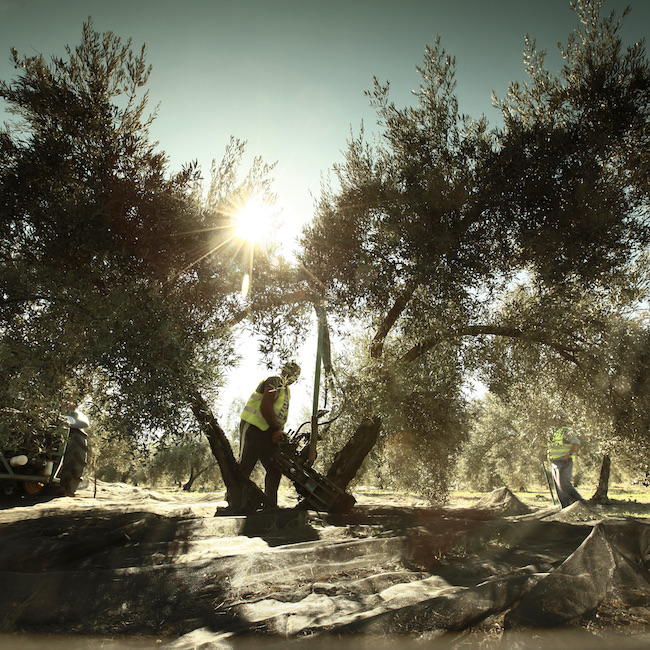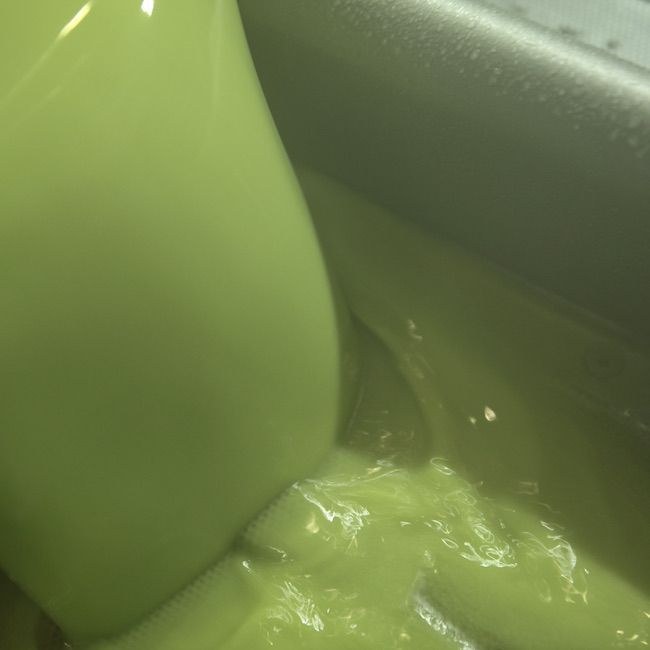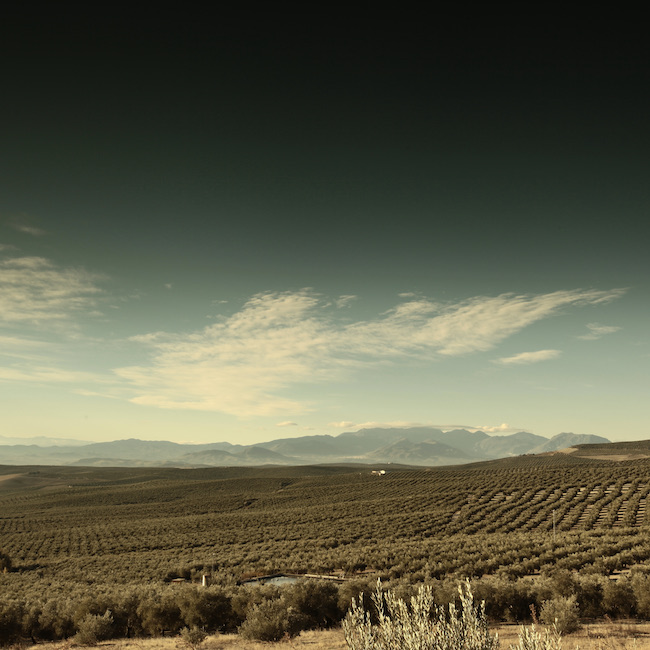.png.transform/rendition-xs/image_image%20(1).png)
Innovation is Gold: Spanish EVOO Best News Practices
There has been a paradigm shift in Spain: It's no longer about producing as much oil as possible, but producing the best oil possible
 by Santiago Botas - @santiagobotas
by Santiago Botas - @santiagobotas
Improving the state of things, or innovating, has been a constant throughout time in all areas of human endeavor. Today, technological and scientific advances are accelerating the process of positive change at a dizzying pace.
This has also been the case in the Spanish olive oil sector in recent decades, which has resulted in an extraordinary improvement in the overall quality of our oils.
Spanish EVOOs, or at least many of them, currently boast hitherto unknown sensory and health attributes in the centuries-long history of this wonderful food.

Innovation is evident in every link of the production chain, from the olive grove to the table, but surely the most transcendental aspect has been the paradigm shift adopted by most of the sector: it’s about producing oil in terms of quality over quantity.
While there's a wide diversity of varieties and styles, the goal is to produce oils with intense and complex fruitiness which are balanced and harmonious as well as very healthy: rich in natural antioxidants and other minority components of high biological value, many of which are responsible for oil's aroma and flavor.
Today we know that both parameters—taste and health—are intimately related. A delicious oil will also be very healthy.
Moving towards an updated olive grove model
Agricultural innovation has been extraordinary. The excesses of industrial olive growing have generated imbalances and problems related to soil erosion and contamination. This has given rise to new agricultural techniques which are respectful of the environment and its biodiversity, in an effort to correct those deficiencies.
These include the development of vegetation cover; the implementation of certified farming systems, such as integrated, organic, and biodynamic production; the generalized use of drip fertigation; the development of clean and renewable energy systems, such as photovoltaic plants; the control of water and carbon footprints; the use of pruning waste to generate biomass; and the recovery of native flora and fauna, including the reintroduction of many species of birds.
Along these lines, it's worth highlighting the Olivares Vivos project, coordinated by SEO Birdlife, in which Jaén's local government, the University of Jaén, and the Higher Council for Scientific Research are participating. The objective is to develop a model of olive growing that will reverse biodiversity loss and improve olive grove profitability.
In short, a host of new practices aimed, on the one hand, at sustainably obtaining excellent olives from which to extract high quality oils and, on the other hand, at integrating agricultural activities into a biodiverse ecosystem, where animal and plant species can coexist in a renewed olive grove that is increasingly rich and more balanced.
We are moving decisively towards the implementation of precision agriculture and digital management to optimize all resources.

The technological revolution in olive mills
Technological advances in the fields of oil technology, packaging, and preservation have played a fundamental role in improving the quality of Spanish oils in recent decades.
Without a doubt, today Spanish oil mills are the best equipped in all the world from a technological standpoint.
This innovation has been possible in large part due to the promotion and development of joint projects between public RDI centers, equipment suppliers, and the manufacturing sector.
These advances pursue several objectives: to optimize olive oil production and increase oil yield and quality, and to reduce the environmental impact.
In order to optimize olive oil production, new technologies are used to improve the fundamental stages, such as automated olive classification, milling, churning, centrifugation and filtering, and the development of new equipment for quality control at all stages of the process.
Other research projects, such as Phenoils, aim to increase the phenolic compound content of virgin olive oils using new extraction technologies, such as ultrasound or pulsed electric fields (PEF). This R&D project has been assigned by EIT Food, the European food innovation community, which includes the Spanish company Acesur, Seville's Institute of Fat (part of the Spanish National Research Council -CSIC-), the Fraunhofer Technology Center, the University of Turin, and the company Sistemas Energy Pulses.
Preserving the qualities of oil while protecting the environment
The main function of the new containers and packaging used in the olive oil sector is to preserve the taste and nutritional attributes as long as possible without damaging the environment.
Before bottling, the oil is stored in stainless steel tanks inertized with nitrogen at a controlled temperature to maintain the oil's qualities practically unalterable in the mill.
Once the oil has been packaged, proper preservation requires the use of inert materials, impermeable to humidity and oxygen, which protect the product from light and temperature changes.

Although there is no perfect container, there are several materials that more or less meet these requirements. PET, which today is 100% recyclable, continues to be the most widely used for large volumes and average quality, while glass, which is also recyclable, is still the favorite for premium EVOOs.
Other options, however, are present in the market. This includes small, innovative metal containers for high-end oils, with excellent qualities similar to those of traditional cans; and opaque cardboard or Tetra Briks that completely eliminate oxygen inside, preserving the sensory attributes of a product for an extended period of time.
Other fashionable alternatives include the bag-in-box, made mostly of recyclable materials, which prevents the oil from coming into contact with the air until it's completely empty; and atomizers or aerosols that allow for easy dosing and uniform application of the oil.
In addition to efficiency and sustainability, other factors such as cost, image, logistics, and weight will determine the most appropriate packaging in each case.
Finally, it's worth mentioning that the level of quality, prestige, and international recognition achieved by a large number of Spanish EVOOs would not have been possible without the spirit of innovation, passion, and expertise of many of our harvesters, master millers, and other professionals in the sector.

